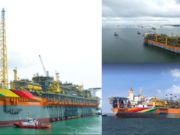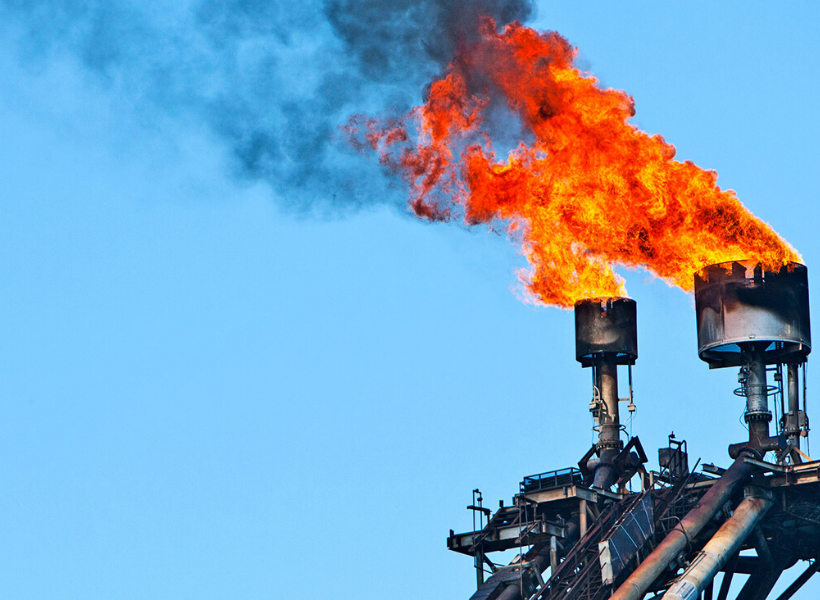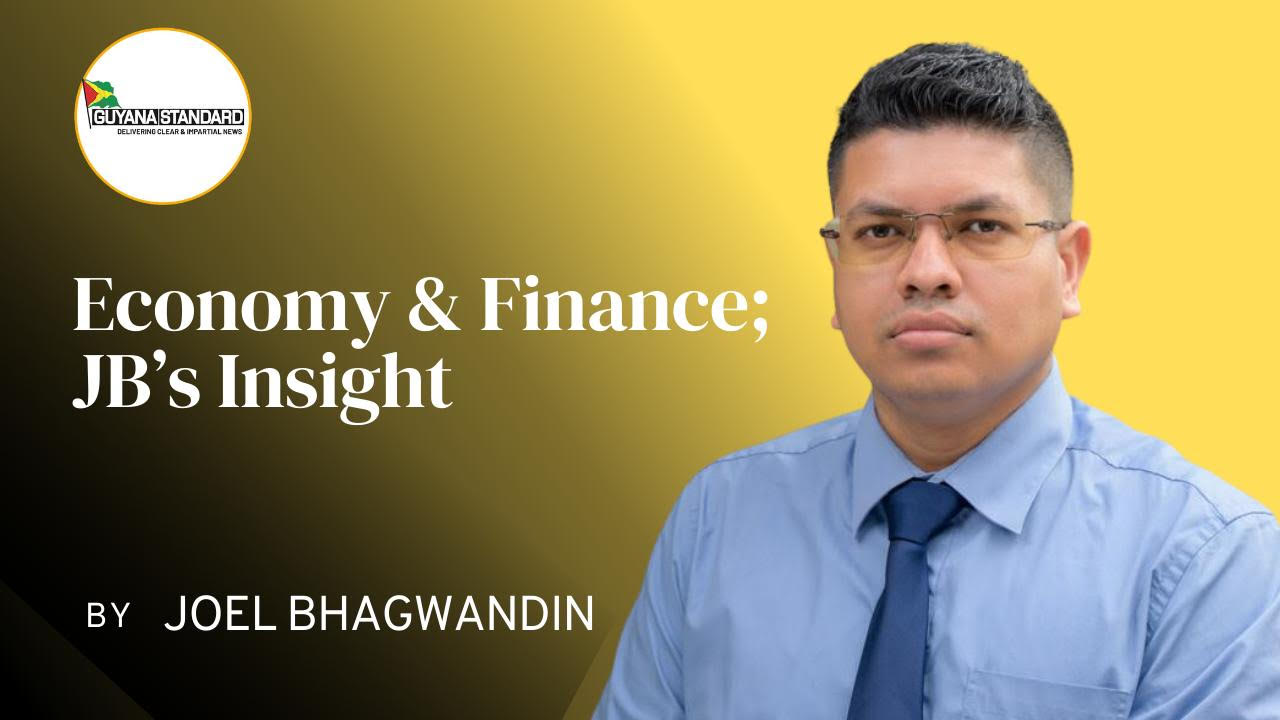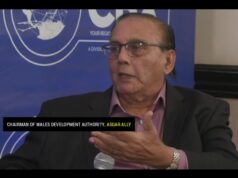Summary
The main Parliamentary Opposition’s chief economic advisor proposed an alternative housing policy that the Opposition would implement, if elected in 2025. The proposal, according to the advisor, is one in which persons will be renting housing units and the ownership will be transferred at an undetermined future date. This means that throughout the rental life of the property, homeowners will not have legal ownership of the same. Ordinarily, when a homeowner obtains ownership of a property by way of a land title, it becomes their personal asset. As such, they can choose to leverage the appreciated value of the property as the principal balance of the loan is reduced over time, to borrow capital against the asset for any other personal or commercial purposes.
With that in mind, if the Opposition’s proposal is to be implemented, effectively individuals/families will be deprived of such opportunity―that is, the opportunity to own their own property (personal asset) and deprived of the opportunity where ordinarily they can leverage its value to enhance their overall well-being and living standards in the long-term.
This contextual comparative analysis between Saudi Arabia and Guyana has shown that the budget for Saudi’s housing programme to be spent over a twelve years period represents a mere 5.16% of its SWF balance as of 2021. On the contrary, the cumulative budgetary allocation towards housing development in Guyana over another five years represents 107% of the NRF cumulative balance as of the end of 2022. In other words, Guyana is expending a significant portion of its oil revenues in housing development relative to Saudi Arabia. And, most notably, to be expended over a shorter time span of five years in the case of Guyana―as against twelve years in the case of Saudi Arabia.
It is reasonable to conclude, therefore, that the Parliamentary Opposition’s alternative policies and proposals are evidently poorly thought out, researched, and analyzed. To this end, the notion to devote more oil resources (which does not currently exist) on housing and other social welfare programmes―are impracticable and unsustainable in their current form―as publicly articulated by the opposition’s chief economic spokesperson.
1. Background
The main Parliamentary Opposition’s chief economic advisor proposed an alternative housing policy that the Opposition would implement, if elected to govern in 2025. The proposal, according to the advisor, is one in which persons will be renting housing units and the ownership will be transferred at an undetermined future date. This means that throughout the rental life of the property, homeowners will not have legal ownership of the same. Ordinarily, when a homeowner obtains ownership of a property by way of a land title, it becomes their personal asset. As such, they can choose to leverage the appreciated value of the property as the principal balance of the loan is reduced over time, to borrow capital against the asset for any other personal or commercial purposes.
With that in mind, if the Opposition’s proposal is to be implemented, effectively individuals/families will be deprived of such opportunity―that is, the opportunity to own their own property(personal asset) and deprived of the opportunity where ordinarily they can leverage its value to enhance their overall well-being and living standards in the long-run. In addition, the chief economic advisor for the Parliamentary Opposition criticized the low-income housing programme that the Government is currently implementing. In so doing, the advisor referred to a housing programme that Saudi Arabia is currently implementing under a programme referred to as “vision 2030”.The opposition spokesperson contended that since Guyana has more oil per capita than Saudi Arabia, the Government should implement a low-income housing programme similar to that of Saudi Arabia.
This article therefore focuses on an evaluation of the abovementioned alternative policy and the contextual suitability and applicability of Saudi Arabia’s housing programme in the Guyana context.
1. Discussion and Analysis
2.1 Contextual comparative analysis
Saudi Arabia
Oil was first discovered in commercial quantities in 1938. It took another three years before the country reached commercial production and was producing at 500,000 barrels per [day. As](http://day.As “”) of 2017, Saudi Arabia’s proven oil reserves which is reportedly the second largest in the world, stands at an estimated 268 billion barrels which would correspond to more than 70 years of production at current rates. Cumulative production as of 2009 stood at 119.4 billion bbl. The country’s proven oil reserves per capita (per person) is 7,882―and since it began producing oil, the quantity of crude oil produced as of 2009 on a per capita basis is 3,511 barrels. Saudi Arabia produced 10.3 million barrels per day (Mbbl/d) in 1980 and is considered the world’s most important swing producer. As such, the government would increase or decrease oil production to maintain stable prices. This aside, Saudi’s average daily production has hovered around 10 Mbbl/d. Daily production levels in 2022, for example, was 9.9 Mbbl/d.
In 2021, the country’s GDP stood at US$834 billion with a per capita income when adjusted for purchasing power parity (PPP) stood at US$49,386 and a population of 34 million people.
Its Sovereign Wealth Fund (SWF) balance as of the first quarter of 2022 stood at US$620 billion, and international reserve balance stood at US$474 billion in 2021. Of note, Saudi’s GDP per capita adjusted for PPP was equivalent to 250% of the global average and is ranked the 9thcountry in the world with the highest purchasing power index of 88 as of 2021 (Nombeo Quality of Life Rankings1).
Saudi Arabia’s New Housing Programme, Vision 2030
In 2018, the Saudi government unveiled a US$32 billion new housing programme as the kingdom seeks to boost Saudi ownership of homes from 47 percent to 70 percent by 2030. The programme includes US$4.8 billion loan-guarantee funding to boost access to funding, and US$3.3 billion to support home down payments, all to be spent through 2030. Based on a global home affordability study done by a British based entity, Saudi Arabia was ranked as the world’s most affordable country to purchase a home in 2021. According to the study, a 100 square meter (sqm) home costs just US$90,775 which is equivalent to US$908 per sqm or US$84 per sq.ft.
Guyana
Crude oil was discovered in commercial quantities in 2015 and it took another five years before commercial production began at 120,000 barrels per day. Guyana’s proven oil reserves to date stands at over 11 billion barrels―representing 14,102 barrels per capita. As of the end of 2022, total oil production stood at approximately 172 million barrels, representing 221 barrels of oil produced to date per capita.
As of 2022, Guyana’s GDP stood at US$14 billion with a per capita GDP US$18,000. As of 2021, Guyana’s GDP per capita adjusted for PPP stood at US$21,925with an approximate population of 780,000 people. By the end 2022, cumulative oil revenues (profit oil and royalty) deposited into the Natural Resources Fund (NRF) amounted to US$1.43 billion, and the country’s international reserve stood at US$939 million.
2.2 Contextual discussion
The argument that Guyana is richer than Saudi Arabia in terms of the amount of proven reserves Guyana has on a per capita basis to justify excessive spending is a politically distorted argument based on the following:
1. Saudi Arabia has been an oil producing nation for more than seventy years whereas Guyana has only commenced production less than three years ago.
2. Saudi’s proven oil reserves is 24 times Guyana’s proven reserves to date or 257 billion more than Guyana.
3. Saudi’s cumulative production of oil as of 2009 is 694 times Guyana has produced as of the end of 2022 or 119.228 billion more than Guyana.
4. Because of Guyana’s smaller population of less than one million people, it does have a higher per capita of proven oil reserves which is equivalent to twice that of Saudi Arabia, with a population of 34 million people. However, Saudi Arabia’s per capita of oil produced as of 2009 is 16 times Guyana’s per capita of oil produced as of 2022. In other words, Saudi Arabia produced an average of 3,500 barrels of crude per person cumulatively over 70 years. Conversely, Guyana produced only 221 barrels of crude per person in less than three years.
5. Saudi’s GDP is 60 times the size of Guyana’s GDP, per capita (PPP) GDP 2.3 times that of Guyana’s, the SWF balance of Saudi is 443 times greater than Guyana’s, the international reserve balance of Saudi is 527 times larger than Guyana’s international reserve.
6. With respect to Saudi Arabia’s housing development, a comparison of the cost per sqm/sq. ft relative to Guyana shows that the cost per sqm for a housing unit in Saudi Arabia is 2 times the cost in Guyana. Based on a comparative analysis done, the cost per sq. ft for a housing unit in Saudi is US$84 while alow-income housing unit in Guyana costUS$43.96 per sq. ft.
7. Saudi’s housing programme of US$32 billion is to be spent over a period of twelve years from 2018-2030. This amount represents 3.8% of Saudi’s (2021) GDP, and 5.16% of Saudi’s SWF balance as of 2022.
8. Conversely, in the case of Guyana, the Government’s budgetary allocation for housing development in 2021-2023 and indicative estimates through 2024-2026 according to the Budget Estimates, Volume 2, for 2023, amounts to US$1.525 billion to be spent over a five-years period. This amount represents 10% of (2022) GDP, and 107% of the NRF cumulative balance as of the end of 2022.
9. Given number (8) above, when compared to Saudi Arabia’s ‘vision 2030’ housing programme to be implemented over a period of 12 years, Saudi has set aside less than 6% of the funds in its SWF towards this programme. Guyana, on the other hand, for a period of just five years has provided 21.4 times more of its oil resources or 107% of the NRF cumulative balance(2022).
Concluding Remarks
This contextual comparative analysis has shown that the budget for Saudi’s housing programme to be spent over a twelve years period represents a mere 5.16% of its SWF balance as of 2021. On the contrary, the cumulative budgetary allocation towards housing development in Guyana over another five years represents 107% of the NRF cumulative balance. In other words, Guyana is expending a significant portion of its oil revenues in housing development relative to Saudi Arabia. And, most notably to be expended over a shorter time frame of five years in the case of Guyana―versus twelve years in the case of Saudi Arabia.
It is reasonable to conclude, therefore, that the Parliamentary Opposition’s alternative policies and proposals are evidently poorly thought out, researched, and analyzed. To this end, the notion to devote more oil resources (which does not currently exist) on housing and other social welfare programmes―are impracticable and unsustainable in their current form―as publicly articulated by the opposition’s chief economic spokesperson.
About the Author
Joel Bhagwandin is a public policy/financial analyst―and an experienced financial professional with more than 15 years’ experience in the financial sector, corporate finance, financial management, consulting, and academia. He is actively engaged in providing insights and analyses on a range of public policy, economic and finance issues in Guyana over the last six years.
He has authored more than 300 articles covering a variety of thematic areas. Joel has also written extensively on the oil and gas sector. Academically, Joel is the holder of an MSc. in business management with a specialism in banking and finance from Edinburgh Napier University.
He is currently pursuing his second and third masters: 1) MBA (Finance) (Top-up) through Edinburgh Napier University, and 2) MSc. in Finance (Economic Policy) through the University of London.













